Steamed Rice goes with just about anything, and, when done right, is a warm comfort food that hits the spot.
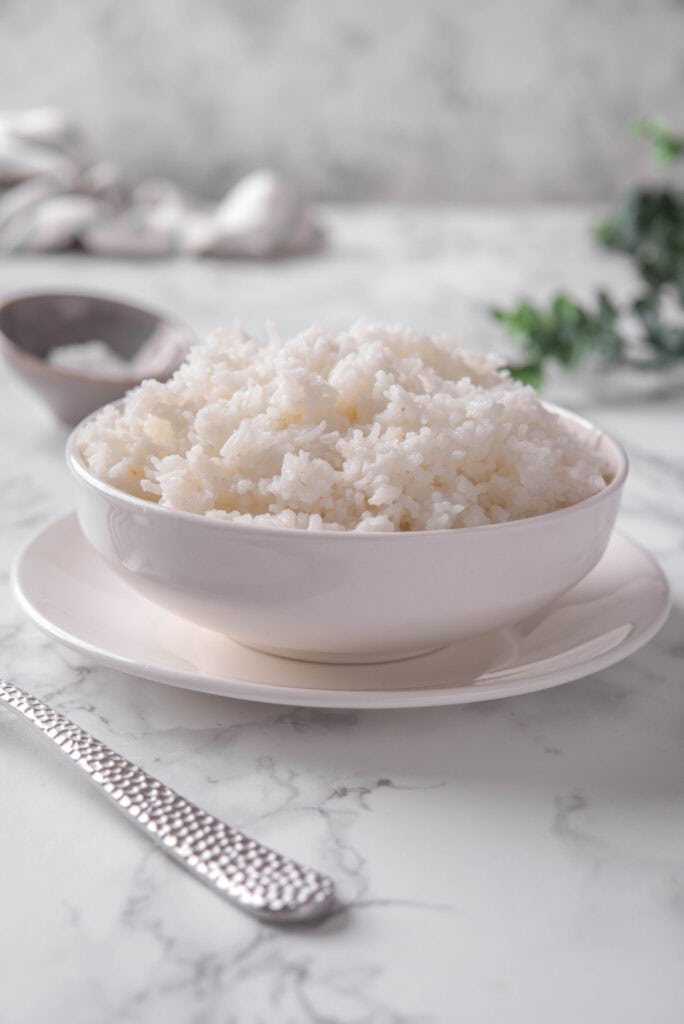
Steamed rice, an ancient tradition, has a long and fascinating history spanning thousands of years. Its origins trace back to China, from where rice cultivation expanded across Asia. Rice wasn’t just a food; it was, and still is, a part of their culture and even some religious ceremonies. The art of steaming rice evolved to perfect its texture and taste, making it a flexible accompaniment for many dishes.
The technique of steaming rice underwent plenty of refinement over the generations, preserving its goodness while yielding a tender grain that complements a wide range of flavors. Today, steamed rice continues to be a part of diets worldwide, underscoring its enduring heritage and the timeless charm of its simplicity and adaptability.
I turn to steamed rice just about weekly when making stir-fries, baked chicken, and countless other dishes. I love the creamy texture it gets from slow cooking in steam, plus its versatility is incredible. Ginger rice? Sure! Cilantro rice? We can do that too! The possibilities seem endless. I have even been known to eat a simple bowl of buttered rice now and then for lunch. It’s that good.
Is Steamed Rice Healthy?
While white rice is fairly nutritionally neutral, one advantage it has is its carbohydrate content, which provides a quick and efficient source of energy. Additionally, being naturally vegan and gluten-free makes rice an ideal choice for individuals with gluten sensitivities, celiac disease, or plant-based preferences. Another benefit of rice is its low fat content. When prepared without added oils or butter, steamed rice can be a heart-healthy option that helps maintain low cholesterol levels.
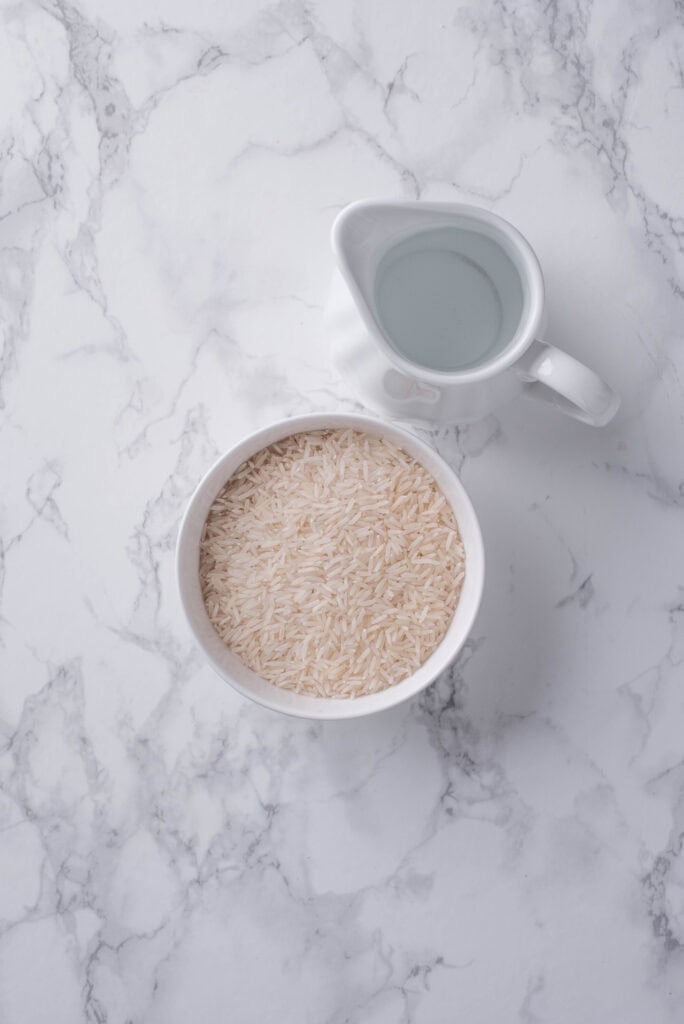
The Secret To Perfectly Steamed Rice
The secret to the best steamed rice is using white rice instead of brown. White rice steams better than brown rice because of the way it is processed. White rice undergoes a process called polishing, which removes the layers of bran and germ, leaving only the starchy endosperm. This alteration makes white rice less dense, allowing water to permeate and cook the grains evenly and effortlessly. On the other hand, brown rice retains its bran layer, which is tougher and demands more water and time for cooking to soften properly. The presence of bran creates a barrier that hinders steam from penetrating the grain, resulting in a less efficient steaming process.
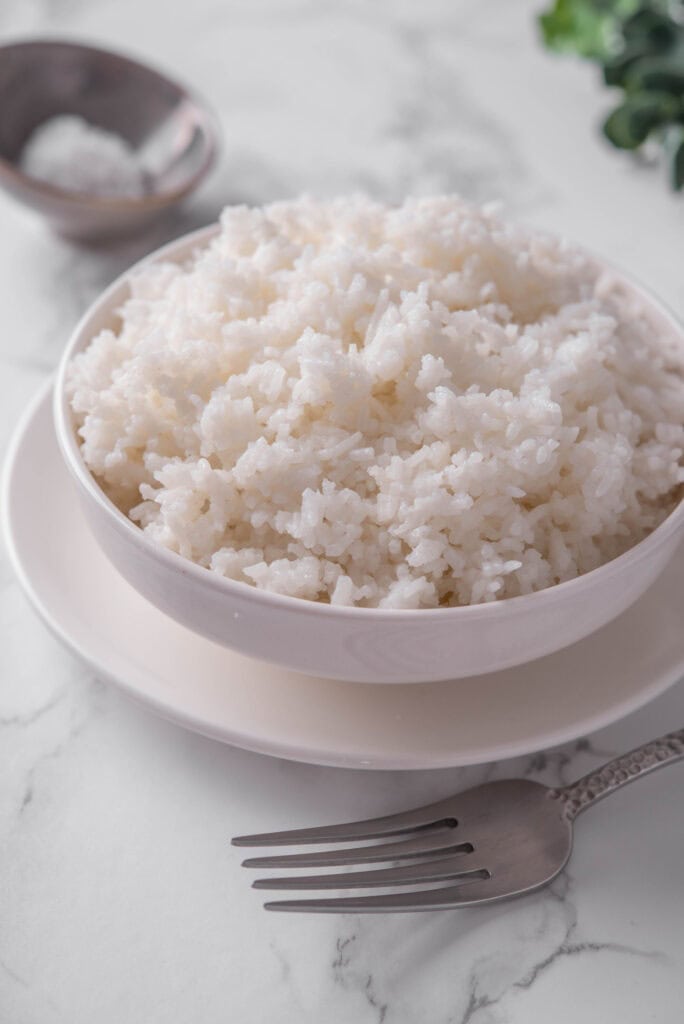
How Do I Store Leftovers?
Rice is one of the best leftovers to have on hand. It makes a quick meal on its own or a great side dish. Store your steamed rice in an airtight container in the refrigerator for up to 3-4 days. You can also freeze rice for up to 4 months. When reheating steamed rice, the microwave does a great job.
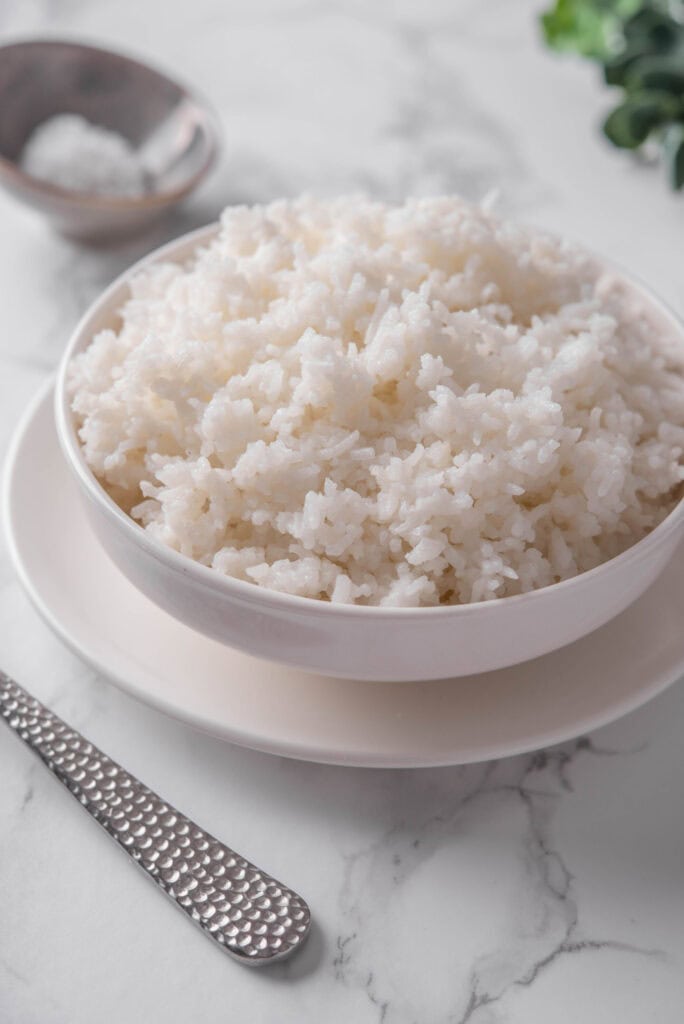
Serving Suggestions
It is impossible to cover every way to serve steamed rice since it is so versatile. It’s wonderful on its own with a pat of butter and a little salt (my personal fave). For your lunchtime or dinnertime meals, some other favorite ways to use steamed rice are with chicken dishes, such as this Lemon-Pepper Chicken or these Baked Chicken Legs. Of course, this Asparagus Stir-Fry would be lost without steamed rice. You could also keep cooked rice on hand for soups and casseroles, such as this Cheesy Instant-Pot Chicken And Rice Casserole With Broccoli and this Chicken Mexican Rice Casserole. Also, steamed rice is perfect for Instant-Pot Stuffed Peppers!

Recipe
Ingredients
- 1 cup long-grain white rice
- 2 cups water
- 1/4 teaspoon salt
Instructions
- Rinse the rice under cold water until the water runs clear, then drain thoroughly.
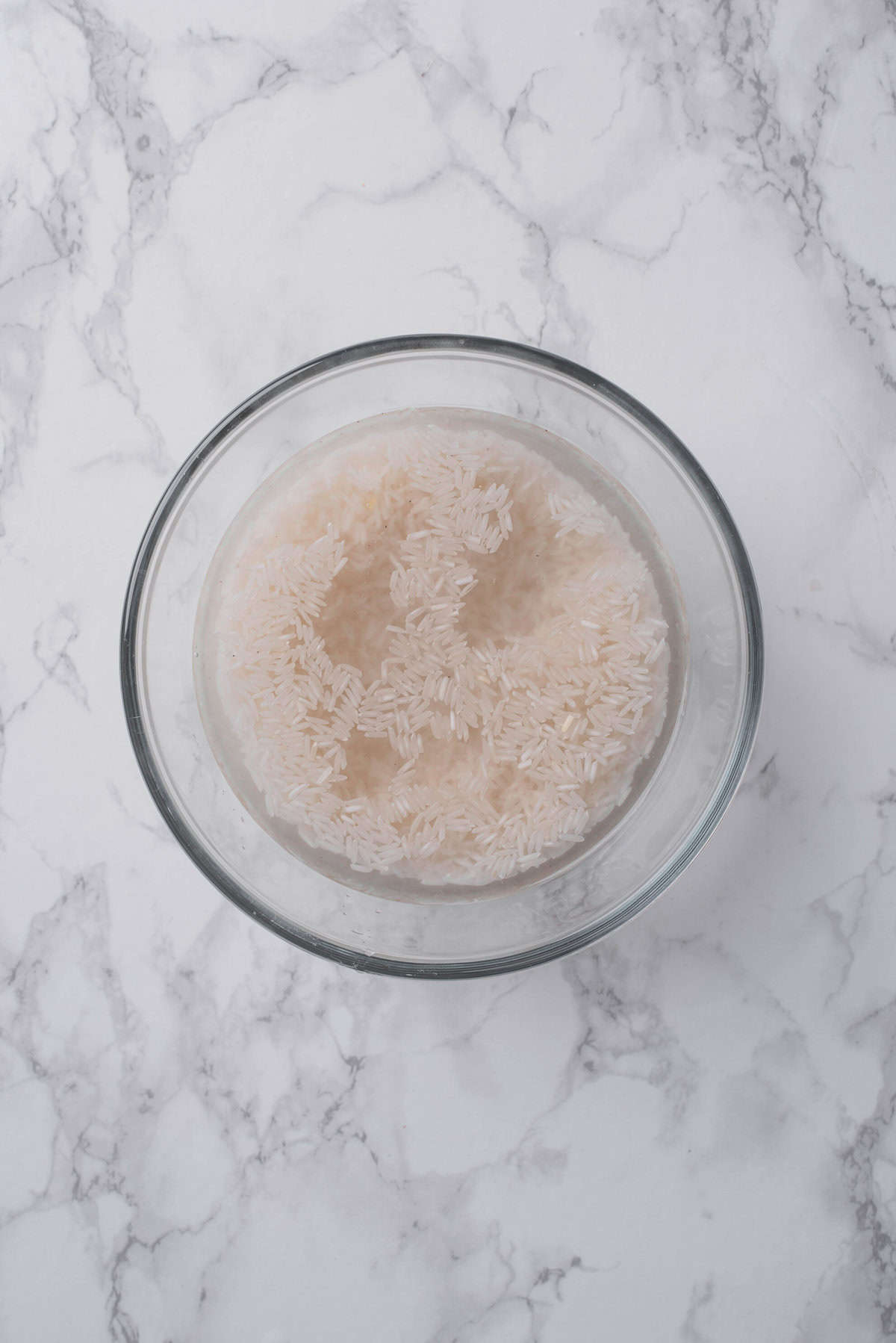
- In a medium saucepan, bring the water to a boil. Add the salt and rinsed rice, then stir.
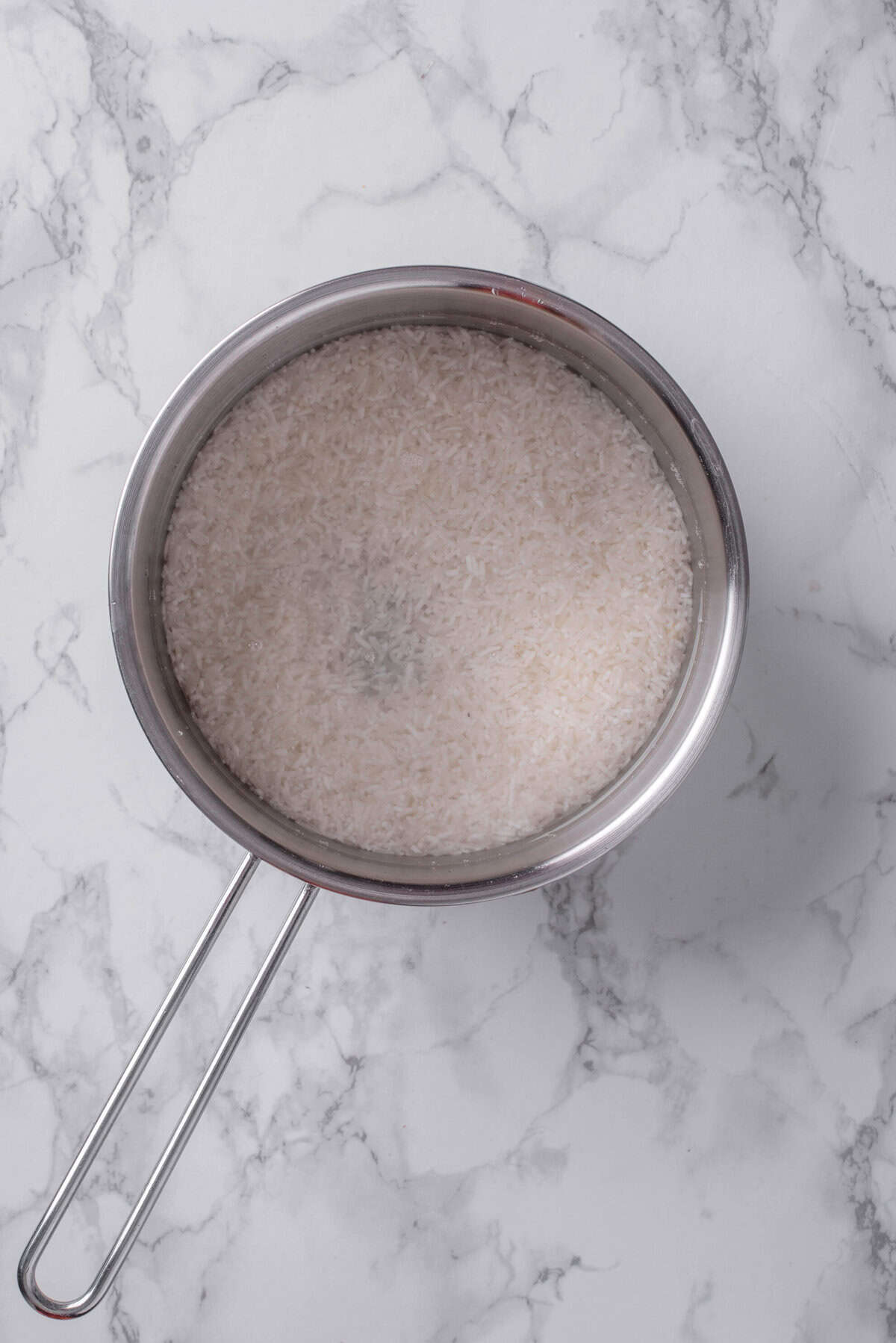
- Reduce heat to low, cover the saucepan with a tight-fitting lid, and simmer for 18-20 minutes, or until all water is absorbed and rice is tender.

- Remove from heat and let the rice stand, covered, for 5 minutes to finish the steaming process. Fluff with a fork and season with salt before serving.
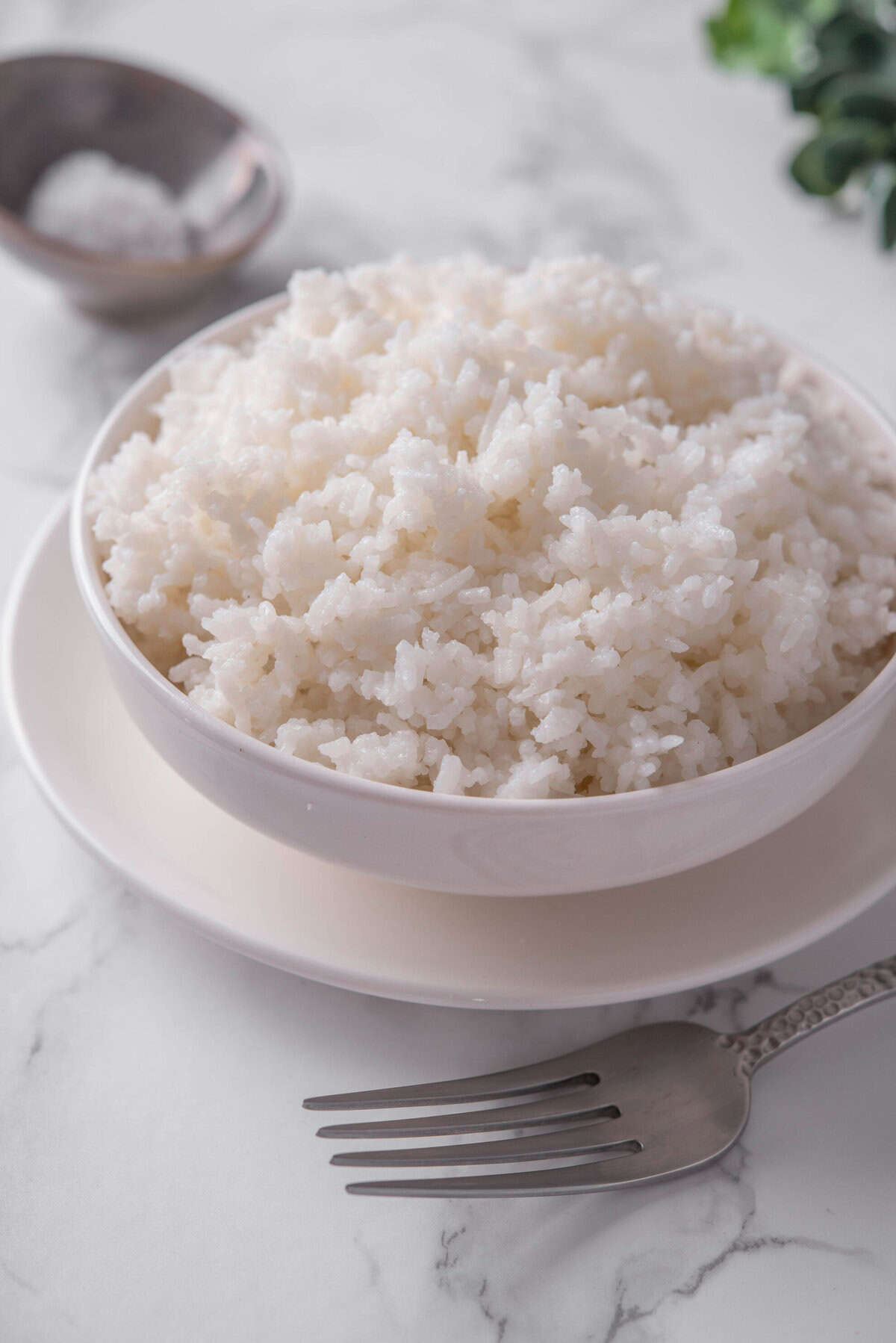
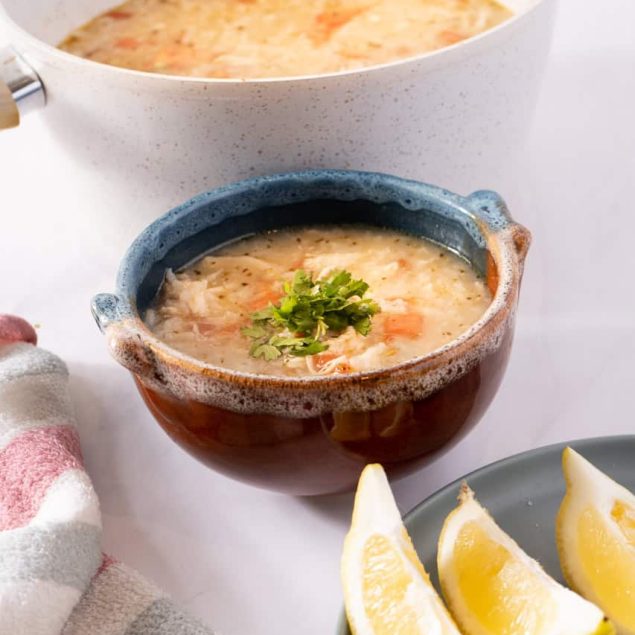

Leave a Comment